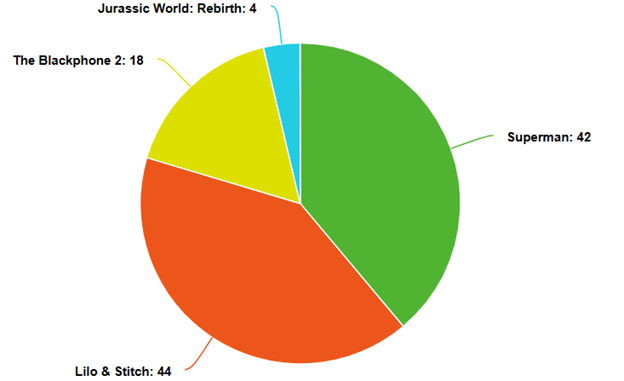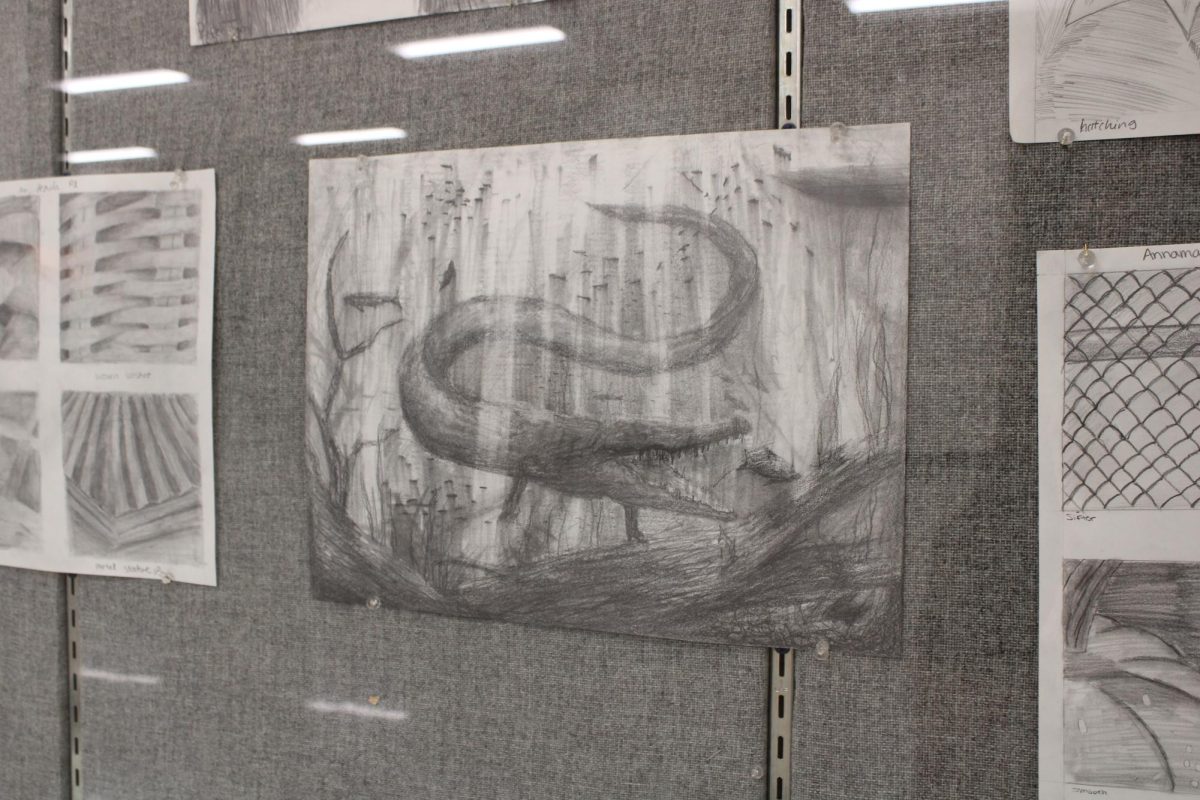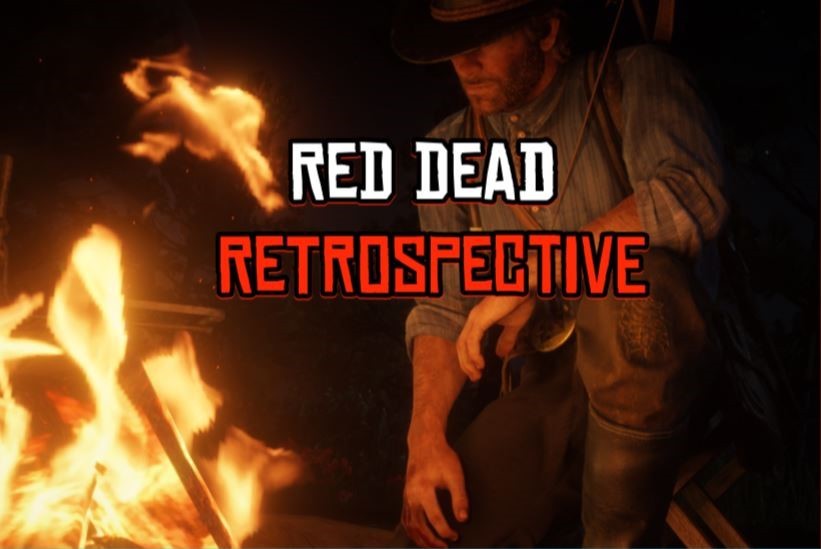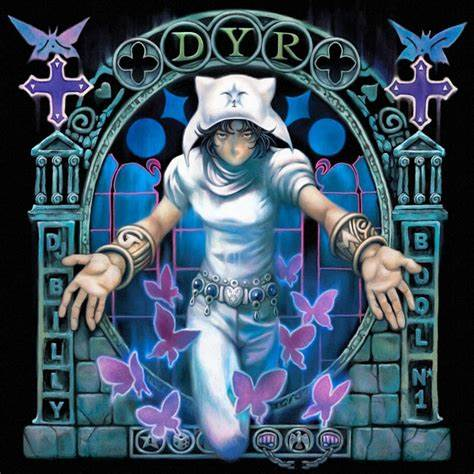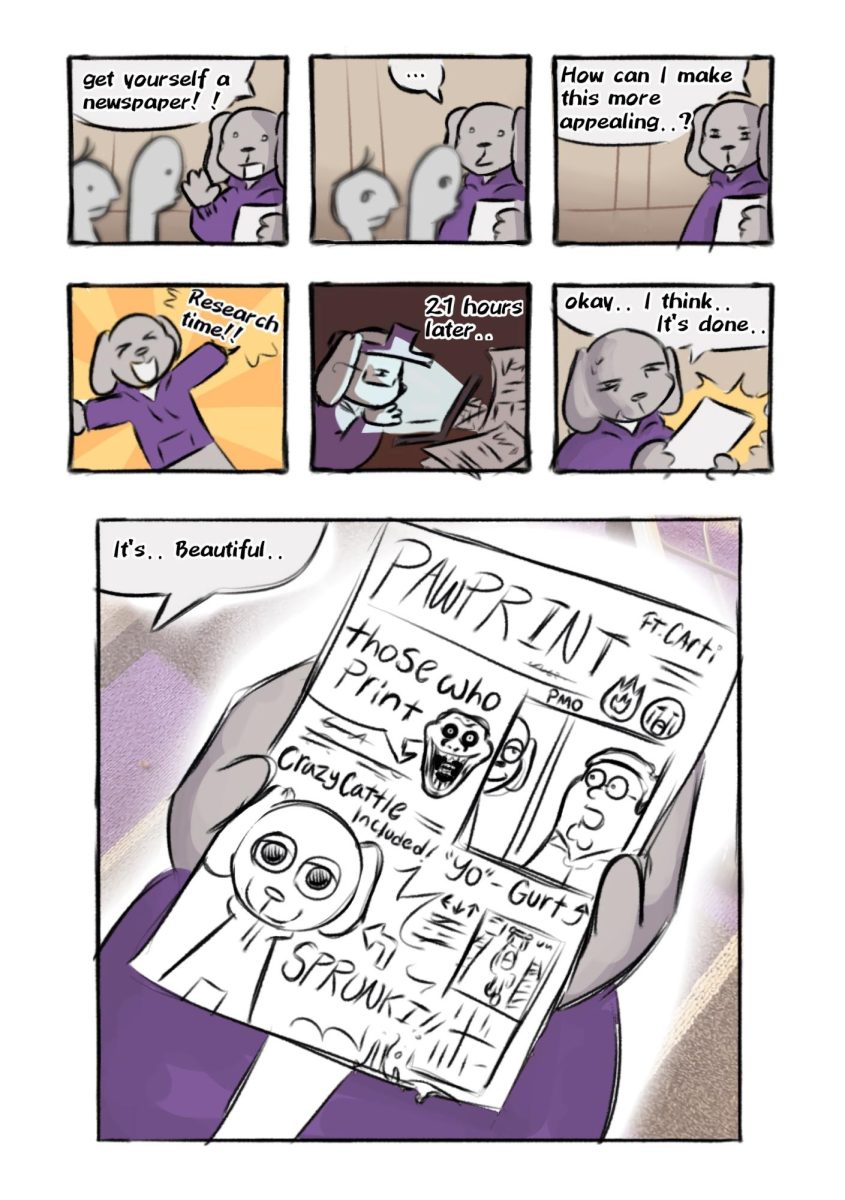Career Piece on Clint Eastwood: A look at Wood’s impact upon the industry, with Cry Macho slotting yet another motion picture release from the film icon
September 24, 2021
If I told you there was a man who has won four Oscars, two for best directing and two for best picture, four golden globes, has appeared in over 60 movies in his career, has directed 35 films, has produced 33, has been both the director and actor in the same movie over 30 times, was and remains the go-to figure for all cops, cowboys and grumpy old men in the movie industry, has been a part of ten different pictures in the 21 century (a century which he was 70 when it started) and has continued to make movies after being alive for over 9 decades, what would you say?
I would say that’s just Clint Eastwood, a man who seems to never end and who never wants to.
As the veteran actor and acclaimed director comes off his 91st birthday, his recent passion project, Cry Macho, is yet another work that Eastwood has dedicated his days to, with likely more works to come as long as the man can hold a camera or be in front of it.
The ability to release a project at an age such as his is notable of recognition, but this is Clint Eastwood, and as the younger generations may not know, Eastwood and his characters are, in large, an embodiment of grit, and the occasional culture leading catchphrase.
Starting his path to stardom in Los Angeles, Eastwood began his career staring in Rawhide, an American Western TV series that ran for eight seasons.
In a rather slow start up to being a motion picture star, Eastwood played minor to intermediate roles in both film and television productions, eventually taking a step towards Spain where his talents as a T.V. cowboy were brought to the big screen.
Starring in a trilogy of Italian westerns consisting of the titles, A Fistful of Dollars, For a Few Dollars More and The Good the Bad and the Ugly, Eastwood defined the classic “cool guy stare down,” a famous aspect of Eastwood’s style that has followed him throughout his career. As the movies were met with discerning reviews from critics, the people flocked towards the Westerns, earning box office numbers in the millions which was significant for the 60’s.
Eastwood’s name was now known by the public, but it was his depiction of the rebellious cop, Harry Callahan in Dirty Harry, that added that extra notch to Wood’s legacy of genre defining characters.
Set in a San Francisco city-scape, Dirty Harry shows Eastwood’s Callahan as an unorthodox police inspector who ventures out past the typical cop standards that the world was used to, being a trailblazer to the rebellious cop trope that films are still seen using today.
The success of Dirty Harry and its violent nature lead to the production and release of four sequels, titled Magnum Force, The Enforcer, Sudden Impact and The Dead Pool, all of which added to a 244 million box office gross by the end of the 1980’s.
Now noted for his works as a wandering rancher and an unconventional police officer, the latter half of Eastwood’s career is a time of recognition, both by critical and public perceptions, resulting in a handful of accolades awarded to Wood.
Coming off of The Dead Pool in 1988, Eastwood’s style as both director and actor was applauded in his 1992 release, Unforgiven, a Western drama that won the best director and best picture Oscars for the year.
Hitting close to home for Eastwood’s talents, Unforgiven held a gallery of acting talent that told the story of bandits, the law and the conflict between the two, with the 62-year-old Eastwood picking up two Oscars in its wake.
Signs of decline from the actor seemed obsolete as Wood continued to release new material through the rest of the century. Material ranged from a love story in The Bridges of Madison to the interstellar adventure, Space Cowboys, a release that came at the turn of the millennia.
Starting the 21st century off at 71 would typically seem to insight the closing years of one’s career in the movie industry, but Eastwood not only continues to work, but has experienced even more success in his later years.
Three years off of his space expedition in Space Cowboys, Eastwood told a more grounded film that was set not in a spaceship, but instead in a boxing ring. The 2004 Eastwood film, Million Dollar Baby, sees Hillary Swank play a boxer, while Eastwood plays her veteran coach, with the two forming an irreversible bond throughout the film. Million Dollar Baby sought to give Eastwood his second win for both directing and best picture, the two awards he had won in 1992’s Unforgiven.
Holding now four Oscars in his back pocket, Eastwood continues to create new media throughout the years. Stories such as American Sniper, Sully and Richard Jewell are some of the few biographical films he has made in the last decade, along with the occasional Eastwood lead film where he plays time and time again, a grumpy old man who’s doing something untraditional for what is common at his age.
Coming full circle to the present, Eastwood’s recent film, Cry Macho, sees Eastwood play a slow moving former rodeo legend, who is sent to bring his bosses kid from the depths of Mexico up to the border of the US.
A story that Eastwood has attempted to make for 30 years, with setbacks postponing the film multiple times, the story of Cry Macho seems to be something that Eastwood felt needed to be done.
Projects of passion appear to be the only ventures taken upon by Eastwood, and Cry Macho is nothing less than Eastwood’s desires in film form. Cry Macho isn’t a movie that will shake people out of their seats, and in all honesty, it will likely be forgotten in a look back upon the icon’s career, but Eastwood wanted to express his art and tell his stories.
An artist that has been working on his craft for over 60 years, and who has given this world a presence that only he can bring to the industry, the legacy of Eastwood remains in the media stream to this day.
Columns upon columns of stories are left behind by Eastwood that anyone can go back to if wanting to see a smug faced cowboy with no name, a rogue cop who tackles the world on his own terms or even a reclusive old man who must do something uncanny for his age. There may be more Cry Macho’s to come, or there may not be, but there’s no doubt that Eastwood will always be working on the next idea until he can’t anymore. A man that knows no end and never wants to see one.




